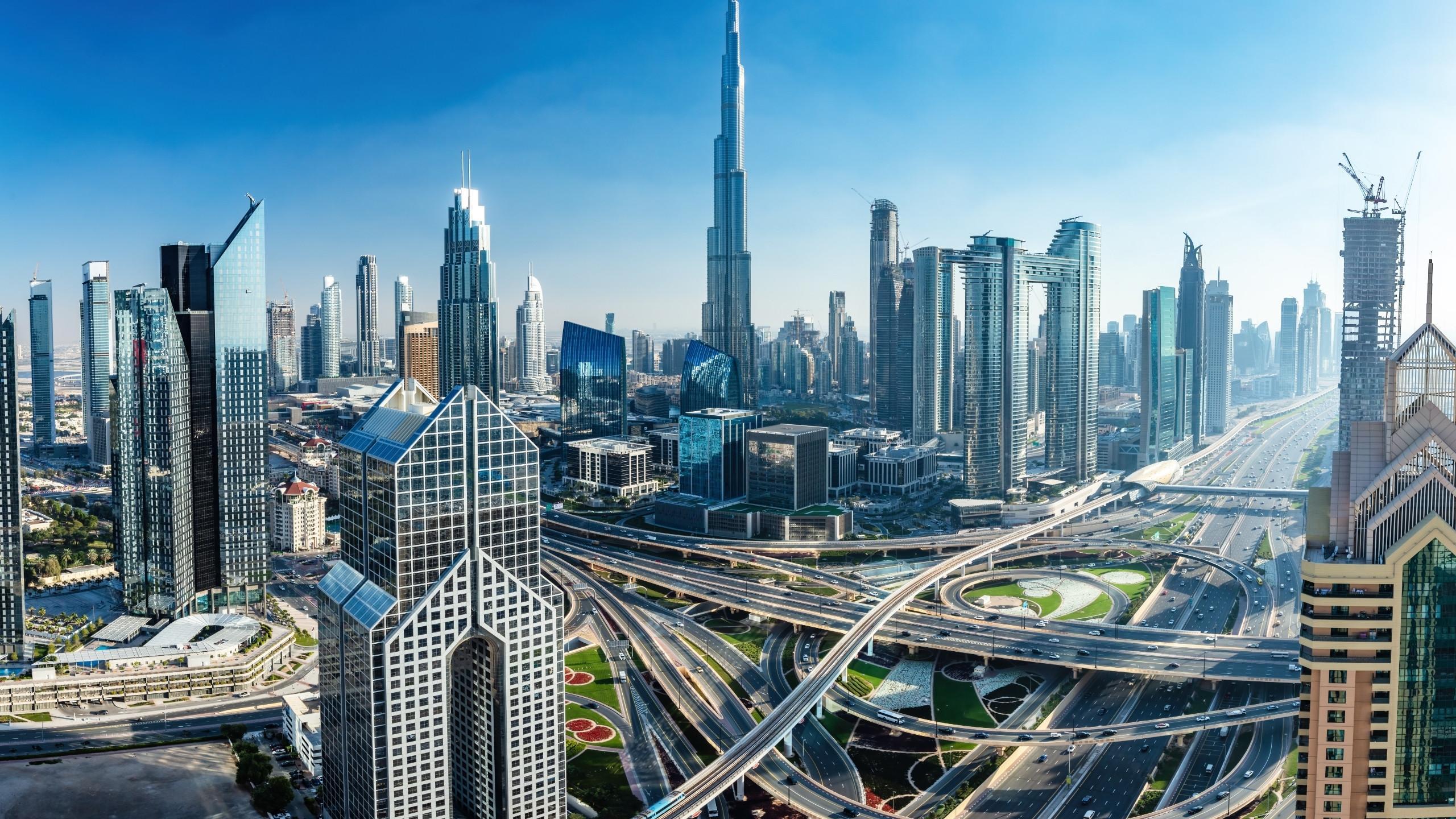Skyscrapers are much more than just tall buildings; they are symbols of human ingenuity, cultural expression, and economic vitality. These towering structures not only shape the world's most iconic skylines but also tell stories of technological advancement and architectural innovation. This article offers an in-depth look at the top 10 cities with the most skyscrapers, focusing on the unique characteristics and iconic skyscrapers that define each city's skyline.
1. Hong Kong, China
[content-image number_of_columns="col-1" quantity="1" image_1="blog/hong-kong.jpg"][/content-image]Hong Kong's skyline is a breathtaking tapestry of more than 480 skyscrapers, blending architectural innovation with the natural beauty of its surrounding waters and hills. The International Commerce Centre (ICC), standing at 484 meters, is a standout, offering stunning views from its observation deck. It symbolizes Hong Kong's status as a global financial hub and its ambitious urban development.
2. New York City, USA
[content-image number_of_columns="col-1" quantity="1" image_1="blog/new-york.jpg"][/content-image]New York City is the historical heart of skyscraper architecture, with around 290 structures piercing the sky. The Empire State Building, an art deco masterpiece, not only once held the title of the world's tallest building but also remains an enduring symbol of American architectural innovation. Meanwhile, One World Trade Center, standing as a beacon of resilience, reflects the city's unbreakable spirit.
3. Dubai, United Arab Emirates
[content-image number_of_columns="col-1" quantity="1" image_1="blog/burj-khalifa-in-dubai-downtown-business-skyscrapers-highrise.jpg"][/content-image]Dubai's skyline is a futuristic vision with over 215 skyscrapers, dominated by the Burj Khalifa, the tallest building in the world at 828 meters. This architectural wonder is a testament to Dubai's ambitious spirit and its desire to achieve the extraordinary, symbolizing the city's rapid transformation from a desert outpost to a dazzling metropolis.
4. Shanghai, China
[content-image number_of_columns="col-1" quantity="1" image_1="blog/shanghai-china.jpg"][/content-image]Shanghai's skyline, featuring over 160 skyscrapers, is a blend of modernity and tradition. The Shanghai Tower, with its spiraling form, reaches 632 meters, making it the second-tallest building in the world. It reflects the city's dynamic growth and its role as a global financial and cultural powerhouse.
5. Tokyo, Japan
[content-image number_of_columns="col-1" quantity="1" image_1="blog/cityscapes-tokyo-japan-skyline-with-the-tokyo-tower.jpg"][/content-image]With more than 155 skyscrapers, Tokyo's skyline is a testament to Japan's technological prowess and meticulous urban planning. The Tokyo Skytree, towering at 634 meters, serves not only as a broadcast tower but also as a landmark symbolizing Tokyo's fusion of the traditional and the futuristic.
6. Chicago, USA
[content-image number_of_columns="col-1" quantity="1" image_1="blog/chicago-river-tourboat-downtown-chicago-skyscrapers.jpg"][/content-image]Chicago, where the skyscraper was born, is home to over 130 towering structures. The Willis Tower, formerly known as the Sears Tower, held the title of the world's tallest building for nearly 25 years and remains an icon of architectural ambition and innovation.
7. Mumbai, India
[content-image number_of_columns="col-1" quantity="1" image_1="blog/mumbai-skyline-1.jpg"][/content-image]Mumbai, with over 120 skyscrapers, is a city where dreams soar as high as its buildings. The World One tower, standing at 280 meters, is poised to be one of the world's tallest residential towers, symbolizing Mumbai's burgeoning economic and cultural significance.
8. Toronto, Canada
[content-image number_of_columns="col-1" quantity="1" image_1="blog/aerial-view-of-downtown-toronto-on-a-sunny-day-ontario-canada.jpg"][/content-image]Toronto's evolving skyline, adorned with over 115 skyscrapers, is anchored by the CN Tower. At 553 meters, it was the world's tallest free-standing structure for 34 years, symbolizing Canada's technological advancement and multicultural ethos.
9. Shenzhen, China
[content-image number_of_columns="col-1" quantity="1" image_1="blog/shenzhen-city-luohu-district-skylineshenzhenchina.jpg"][/content-image]Shenzhen's transformation into a city with more than 100 skyscrapers is nothing short of miraculous. The Ping An Finance Centre, reaching 599 meters, embodies Shenzhen's rapid economic growth and its position as a global technology hub.
10. Guangzhou, China
[content-image number_of_columns="col-1" quantity="1" image_1="blog/guangzhou-skyline-guangzhou-china.jpg"][/content-image]Guangzhou, with its over 95 skyscrapers, shines along the Pearl River. The CTF Finance Centre, soaring to 530 meters, is a testament to Guangzhou's ancient trade history evolving into modern economic prowess.
The cities highlighted in this exploration are more than just collections of tall buildings; they are vibrant communities where architecture meets the aspirations of millions. Through their skyscrapers, these cities express their unique identities, cultural histories, and visions for the future. As skyscrapers continue to evolve, so too will
